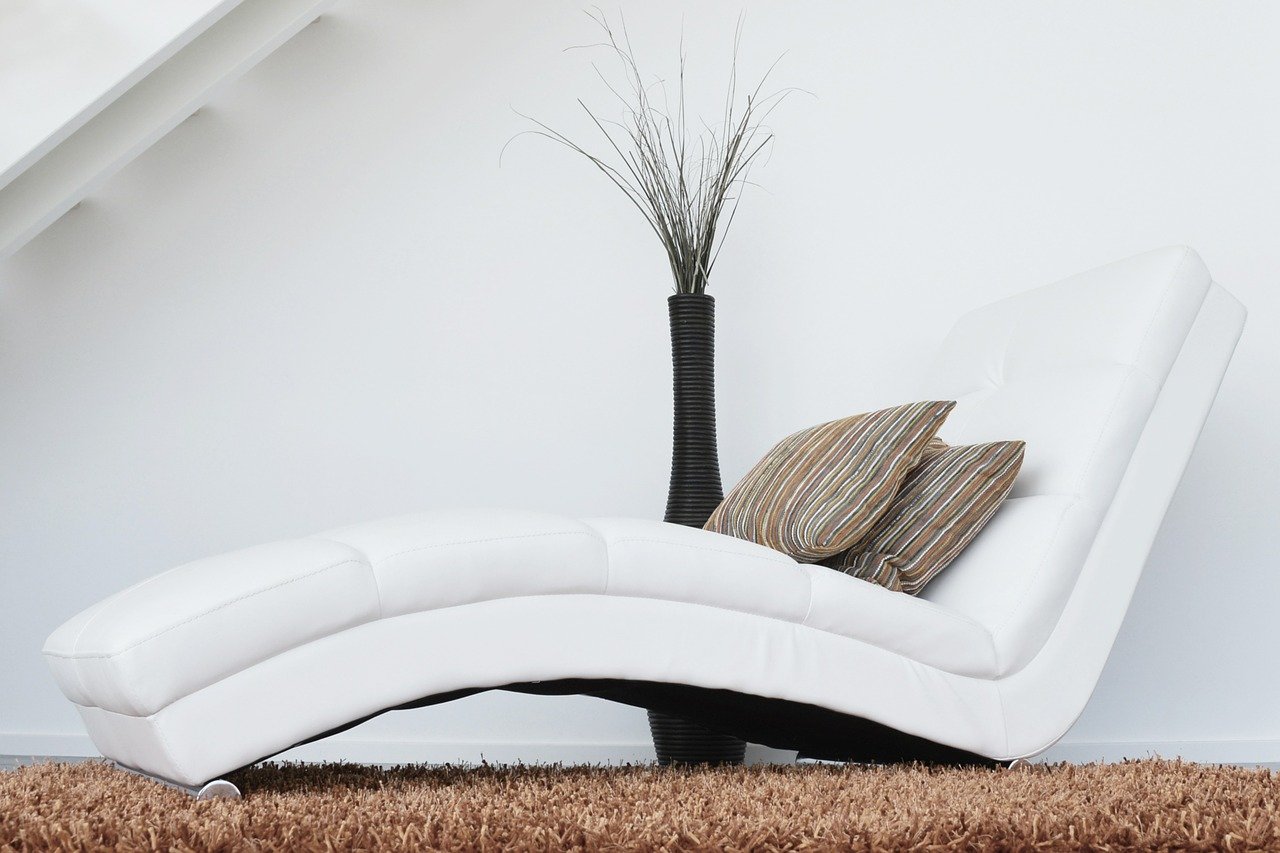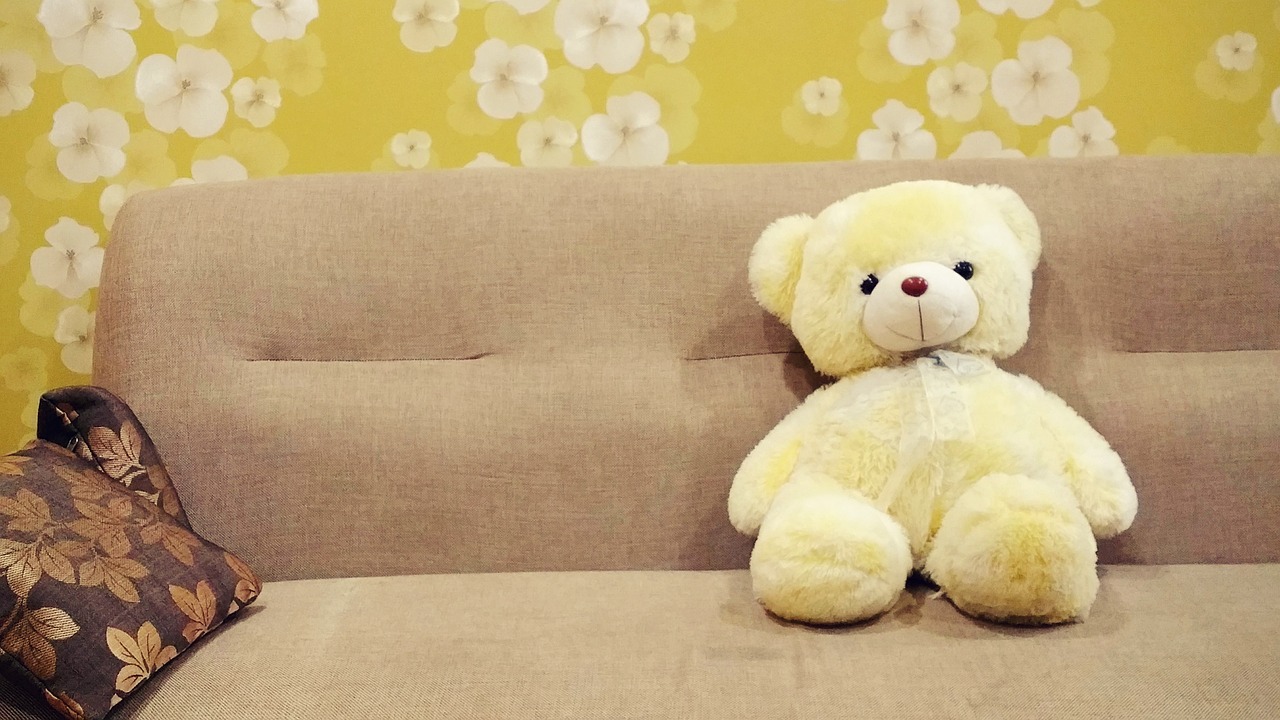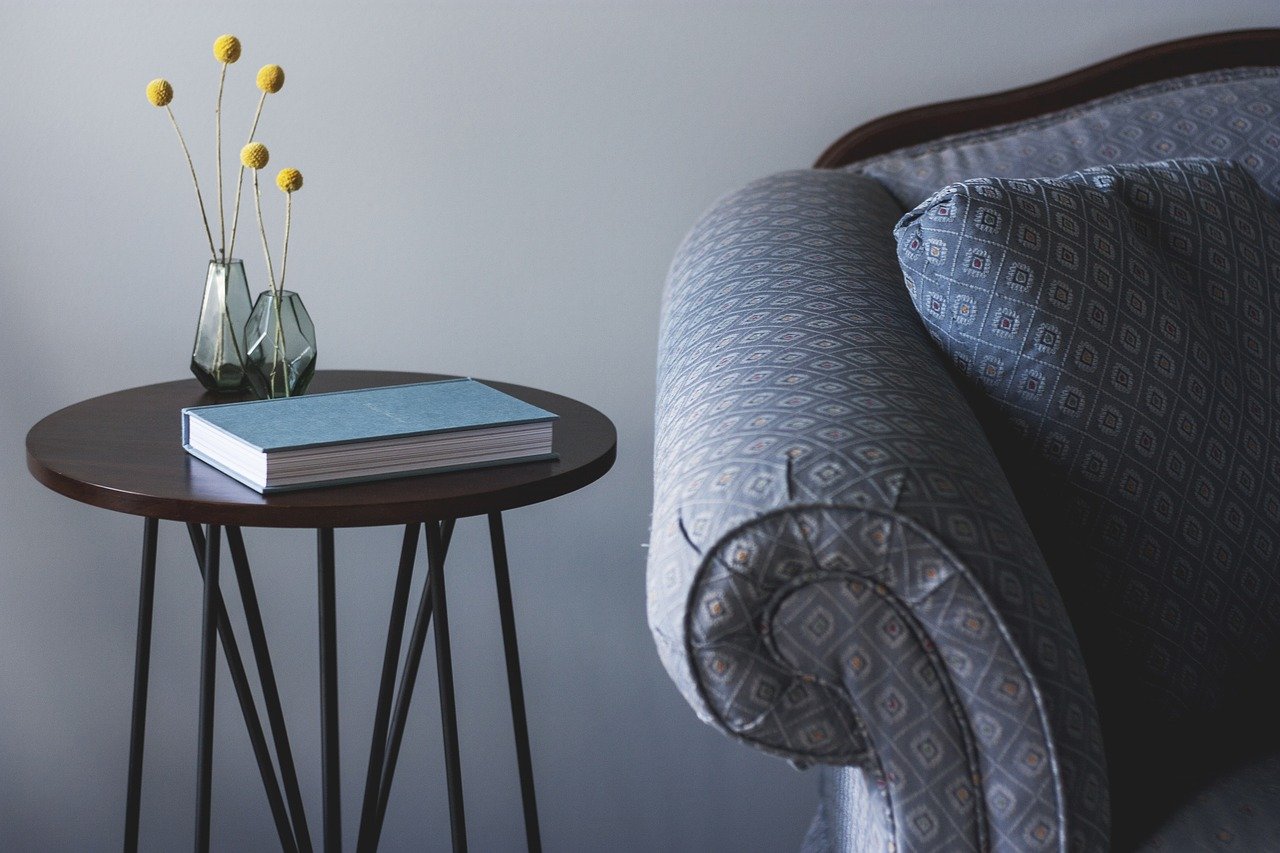Dealing with the aftermath of a fire disaster in your home is overly overwhelming. Unlike other disasters that require restoration, smoke and fire are very detrimental to furniture and your home’s integrity. Fortunately, it is possible to salvage the affected furniture with immediate intervention. Outlined below are the various types of furniture, how they should be cleaned, and why you should leave it to professionals.
Cleaning Smoke Damaged Furniture
Wood, composite, and cloth furniture often harbor smoke or succumb to extensive damage furniture restoration experts for several reasons. Smoke damage on furniture can be cleaned depending on the nature of the fabric. For instance, natural furniture fabrics, such as cotton, are absorbent and difficult to clean and remove odors. Below are cleaning tips for various types of furniture.
Finished Wood Furniture
As the name suggests, finished wood furniture has a layer of paint thinner or varnish covering the outer surface. They include dressers, cabinets, desks, and tables. Follow the following steps to clean smoke damaged finished wood furniture;
- Remove soot – begin by brushing the entire wood surface using a dry, soft brush. This prevents possible abrasion damage to the fragile surface.
- Apply wood cleaner or murphy oil soap – once clean, use cotton rags to apply murphy oil soap on the surface. For this, rub the surface in circles and not up and down motion.
- Wipe down the wood using a damp cloth and let it dry
- Use a quality wood polish or a conditioner to restore the finish. Always follow the instructions on the polish or conditioner.
Unfinished Wood Furniture
Unlike finished furniture, unfinished wood furniture doesn’t have a protective varnish or sealer, making it more vulnerable to soot or smoke damage. It absorbs a lot of smoke, making the surface quite difficult to clean. Nonetheless, the following steps can restore the affected furniture;
- The first step is removing the heavily charred areas on the furniture. For this, use the unsmoked 9-D-9 spray and the FreshWave IAQ to clean the affected surface.
- Use a HEPA vacuum to suck up soot. While doing this, ensure that the vacuum is half-inch from the wood surface to remove all the loose particles.
- Once the surface is free from loose particles, use a sponge with clear water to rinse the surface, then dry it.
- Use a pump-up sprayer to apply a degreaser to the surface
- If smoke odor persists, remove it with a hydroxyl generator or ozone
Fabric-Covered Furniture
Fabric covers contain fibers that trap and hold on smoke odors, making them difficult to restore after fire damage. Such fabric-covered furniture can contaminate the environment by releasing soot particles and smoke slowly. Use the following steps to restore your affected fabric-covered furniture.
- Vacuum the fabric thoroughly to remove any soot using a flat brush attachment
- Sprinkle some baking soda into the upholstery and leave it for 24 hours. Vacuum the fabric and repeat the process once more
- Remove all the removable covers and wash them in a machine washer using cold water. Add one cup of white vinegar for effective odor removal.
- If possible, hang the covers outside to enhance drying and the rate of odor removal.
- Spray the cleaned fabric lightly using any product that can deodorize upholstery fabric
Leather Furniture
Leather furniture is of high quality and shouldn’t be treated like fabric covers. Therefore, you should be cautious to avoid scratching the surface or getting it too wet. Here are the cleaning steps;
- Vacuum the smoke-damaged leather furniture using the flat brush attachment
- Clean the surface gently using a conditioner or leather soap
- Deodorize the surface using a water and vinegar mixture, then rinse it lightly using a damp cloth
- If the stubborn smell persists, sprinkle some baking soda on the leather, allow it to sit overnight then vacuum.
If you truly care for your smoke-damaged leather furniture, you can subject them to steam cleaning. However, while this effective method has high chances of salvaging the furniture, it should be done by restoration experts. It isn’t a DIY project.
General Cleaning Tips
Regardless of the type of affected furniture, observe the following restoration tips when handling smoke-damaged furniture;
Put off the fire first – before you begin the cleaning and restoration process, ensure that the fire is fully extinguished. This prevents further fire damage and ensures your safety when handling the affected furniture. It also prevents unexpected reactions from flammable furniture restoration products.
Use protective equipment – limit your contact with smoke and soot. Wear gloves and respirator masks to avoid the dangers of inhaling too much soot.
Take your work outside – always clean smoke-damaged furniture in an open environment. This minimizes the amount of soot exposure.
Call Fire Restoration Pros
The tips mentioned above can come in handy if your furniture suffers minor fire and smoke damage. However, if the damage is extensive, consider engaging a professional fire restoration company. Working with experts saves time and money, assures safety, and provides high-quality restoration.
this is a collaborative post



